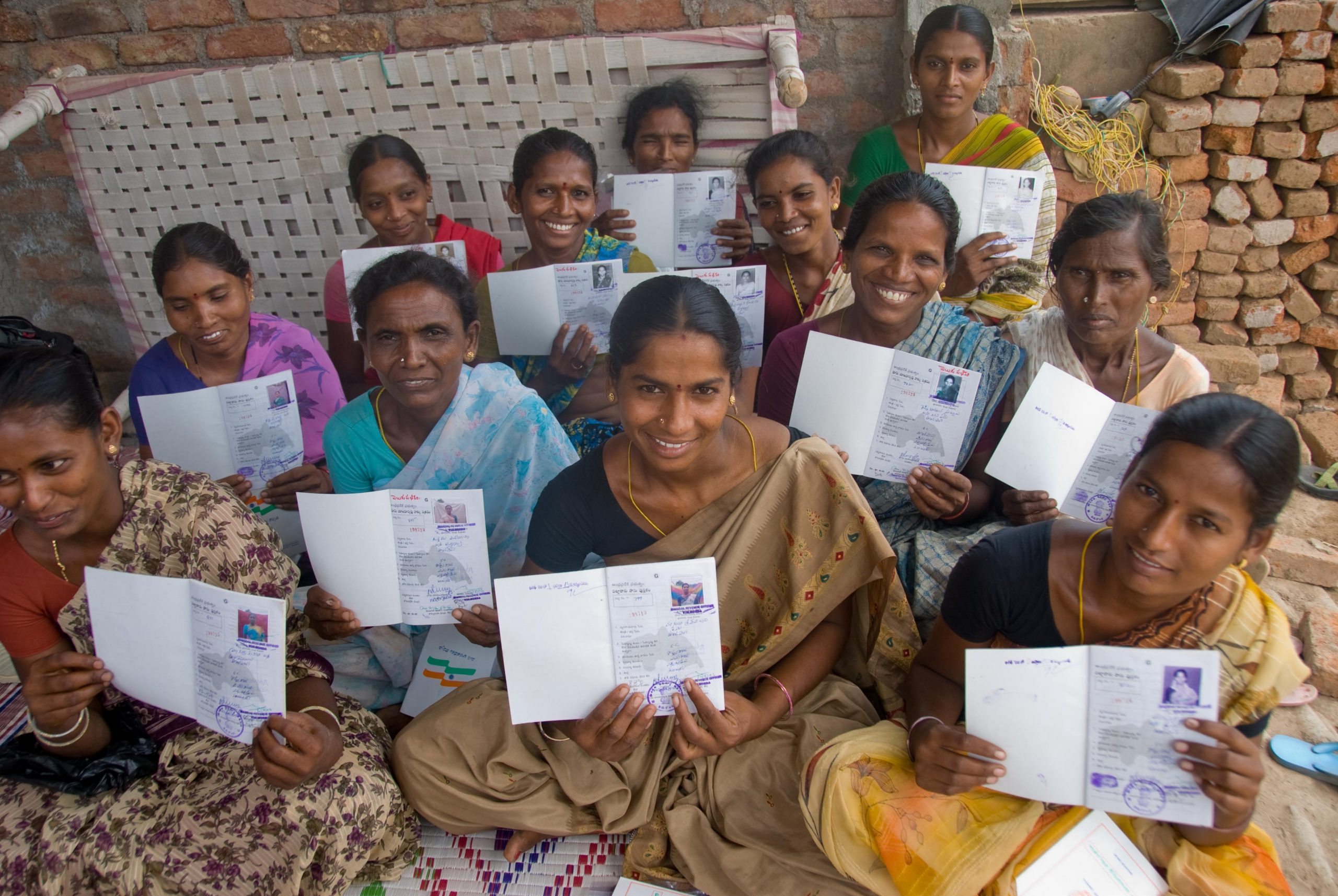Over the last few years, particularly with the CSR clause in the Companies Act, there has been a great deal of money flowing into the social sector. However, a significant amount of that money has conditions attached—terms that dictate exactly where and how it must be used. While this may be appropriate in some cases, fundamentally, it points to a serious lack of trust in nonprofits and hinders their ability to operate effectively.
When funders insist that their money go exclusively to the people served, there is not enough money left for the nonprofits to focus on building their own organisations. They are, therefore, unable to invest in talent, systems, technology, or reporting. It also results in founders of nonprofits spending an inordinate amount of time on fundraising, which takes away from the time they spend on their core programmes and impact.
The problem starts with a lack of trust in nonprofits. With a shortage of resources to build systems and processes, nonprofits cannot report effectively on their work, which in turn breeds more mistrust.


Photo Courtesy: Landesa
Funding nonprofits – Break the cycle of mistrust
1. Fund capacity-building efforts
There are many things that go into breaking this cycle, but the most important is ensuring that the nonprofits you fund have enough money to invest in building their own organisations. This is what we at Omidyar Network call a core grant.
A core grant increases the freedom that an entrepreneur has to invest in building her organisation; this is critical to actually creating impact. Once we have vetted and selected grantees, we convey, “We like your vision, we like your purpose, and we trust you. Tell us what you want to achieve with the money, set your goals and the metrics, and use the funds where you think they are most needed.”
We also include milestones in our grants where disbursements are linked to capacity building, for instance, hiring certain key personnel or putting technology systems in place.
2. Encourage transparency and improve quality of reporting
Over the last three decades, there was a sharp increase in transparency in corporate India as regulations made it mandatory to disclose information. So, if you were a financial institution, you had to disclose your capital adequacy ratio and your nonperforming assets. With companies listed on the stock exchange, regulators specified the accounting standards, formats, and schedules under which accounts had to be published, quarterly and annually.
That standardisation made it easier for stakeholders to understand what corporates were doing. It increased the level of transparency, and, once that happened, research analysts, rating agencies, and others could evaluate and publish independent assessments of corporates. As a result of all these developments, companies were able to attract significantly larger amounts of capital.

I think it’s a similar issue with our nonprofits. If, over time, we are able to bring in standardised reporting, and disclosures, it will make it easier for donors to understand nonprofits. I know all organisations believe that they are unique, but that doesn’t mean we can’t have standard ways of reporting, irrespective of sector.
Standardised reporting will also transform the ability of organisations to attract funding. If donors believe that there is transparency, they will become more confident about giving money without prescribing specifically what nonprofits should be doing with it.
It then becomes a virtuous cycle: If there is more transparency, organisations will attract more funding; with more money at their disposal, nonprofits will be able to invest in capacity building; this in turn helps build transparency.
Core grants are key to getting to this point.
3. Helping nonprofits become effective
The stakeholders in our sector—donors as well as nonprofits—equate money going to the people served with effectiveness, which is a false notion. What will make nonprofits truly effective is their ability to become strong organisations that are sustainable in the long run.
At Omidyar Network, the typical grant period is three years. There is an initial amount that is disbursed that is usually unconditional; subsequent tranches are based on achievement of metrics that are linked to goals that founders and social entrepreneurs have set for their organisations. Some of our metrics also relate to the grantees getting matching funds—the idea being that over time, the organisation should reduce its dependency on any one donor.
Going beyond the nonprofit – Funding change at a sector level
1. Recognise your place in the journey of giving
There is a four-phase journey that many philanthropists go through:
- Phase I: When people start to give, they give to causes that inherently appeal to them. While this may not be a very strategic approach, it is still good because they have started on the journey of giving.
- Phase II: People get more strategic about their philanthropy—they think about what matters to them and the kind of change they are trying to bring about with their funding.
- Phase III: The next stage of evolution occurs when funders move to providing core grants.
- Phase IV: When funders are ready to expand beyond grants and also make investments in for-profit businesses with a purpose, or impact investing. At Omidyar Network we have found this hybrid approach to be a powerful structure for supporting sector-level change.
2. Invest in building the ecosystem
To truly improve the lives of millions of Indians, we need to think about three interlinked components that drive change across the sector:
- The organisation: While it is where most of us start, we need to think beyond exclusively supporting implementing organisations.
- Sector infrastructure: We need to create infrastructure that benefits the sector at large. A good example of this is Teach for India, which is engaging talented young leaders to work in the education sector.
- Research and policy: We also need institutions that undertake research and/or help drive policy-level reform like the Indian Institute for Human Settlements (IIHS), Landesa, and The Education Alliance. Research is important, both for entrepreneurs to understand new areas and gaps where they can step in to build new businesses and to inform policy decisions.
When you have these combined elements, then you can begin to drive change in a sector.
Ecosystem building is complex since it entails many moving parts—policy, infrastructure, funding innovators, and sometimes even seeding entrepreneurs. It will also require information sharing.
Philanthropists need to see others doing it, especially since they tend to be peer oriented—they learn mostly from what others are doing and that makes a big difference in terms of how they think about giving.
At the recent AVPN India Summit, Roopa Kudva spoke on the issue of the continuum of capital for education in India.




